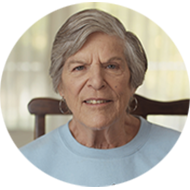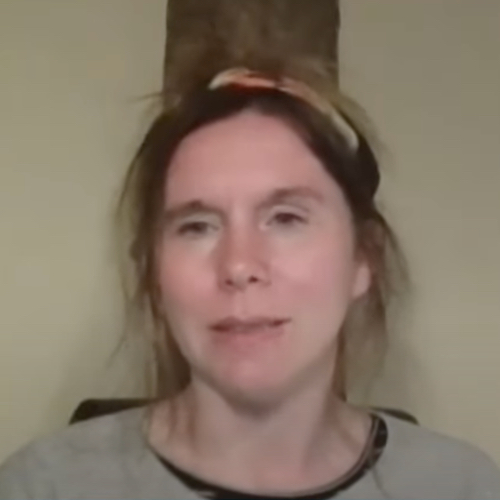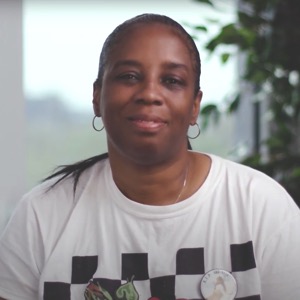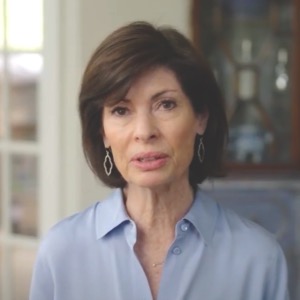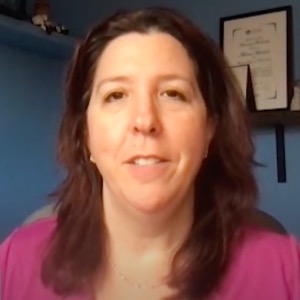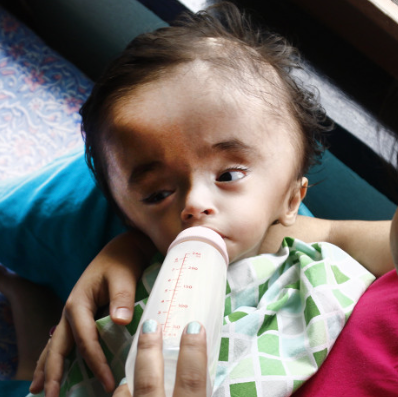It was a day in March when my mom, Kathy, casually mentioned to me that she had been having bloody urine for the past few weeks. I asked her if she had notified her physician and she casually stated, “No, I will just watch it.” After much discussion, I convinced her to call her doctor and make an appointment to discuss the issue. The appointment was made for the following week and I went with her. We sat down in the exam room and as we waited I had an uneasy feeling in my gut. Maybe it was fear or intuition, but it was heavy. Her doctor, whom she had been going to for over 20 years, came into the room. After discussing symptoms, he said, “it sounds like you have Renal Cancer. I will write a referral and get you into a Urologist to do some tests.” Immediately, I went into my RN role and started asking questions and wanting answers. In that moment, all I heard were the words “cancer” and “wait”; either for insurance approval or for appointments available. Her doctor saw the frustration on my face, and knowing I worked for Kaiser, he turned to me and said, “Patti, this isn’t Kaiser. We don’t give the one-stop-shop, rapid appointment scheduling as Kaiser does.” He turned to my mom and said, “Kathy, here we have 1 urologist for 5 hospitals; At Kaiser, they have 5 urologists for 1 hospital. Your daughter knows Kaiser and as much as I don’t want you to leave my practice, I think you will get the care your daughter is looking for if you join Kaiser.” I was thrilled to hear this, however, my mom felt loyalty to staying with this group, especially since she was a RN and worked there for several years prior to retiring. After careful consideration, my mom became a Kaiser member on April 1st.
The entire process moved rather quickly. Mom was seen by a Primary Care Physician, scheduled with Urology and completed several tests and procedures within 2 weeks. The diagnosis came back being positive for Left Kidney Ca. and on May 3rd, she underwent a Left Ureteronephrectomy.
During recovery, mom developed some delirium from anesthesia. For the first time during this ordeal, I saw my mom as my mom, and not a patient. I was scared. She was confused and had what I thought to be a painful grimace on her face. As I sat with her in the recovery area, I sobbed. A PACU RN and a co-worker comforted me. Although I had seen this type of side effect with patients I have cared for, it felt so foreign to me. I was completely powerless! After a few hours, she was transferred to a Med/Surg floor to begin her post-op recovery. My brother and I alternated staying at her bedside for the next couple of days with support from our other siblings and friends. I noticed my mom having a stoic expression on her face whenever she repositioned. I asked her if she was in pain, and her answer was “a little bit, but I am fine. The nurses have sicker patients to care for.” This was a common response from my her. She often said, “if it’s not bleeding and still has a pulse, it can wait”. Maybe she came to this belief after witnessing morbidity and mortality as a RN or maybe it was generational. Either way, my mom would not complain until it was too late.
On post-op day #3, as I was headed back to the hospital, I received a call from my brother Pete. He said, “there’s a lot of people in mom’s room. The nurse here said mom triggered and alarm and a nurse who was monitoring her called him.” As my brother spoke, I realized my mom had triggered an Advanced Alert Monitor (AAM) response. Just a few months back, I transferred from Kaiser Sacramento and took a position as a Quality Nurse Consultant with AAM. My position allows me to use my critical care nursing skills to assess patients virtually. When I receive an alert, I call the Rapid Response Team (RRT) nurse and together we discuss the patient and look for early signs of deterioration. The RRT team, which consists of an ICU RN, a Physician, the House Supervisor, current care team and often a Social Worker arrive to the patient’s bedside and proactively intervene, thus preventing potential decline. As I entered my mom’s room, I saw the team at her bedside. They were communicating to her and my brother about the alert and the next steps. My mom’s vital signs had worsened. She had been hypotensive post-operatively, however now she was now tachycardic and became hypoxic. The team decided to send her for a STAT US, VQ scan and CXR to look for a PE and Pneumonia. A couple of hours later, the results were in: The US and VQ Scan were negative for a PE. Her CXR showed early infiltrates suggestive of pneumonia. She was started on IV antibiotics and transferred to the Telemetry Unit for observation.
Despite my mom’s initial reservations to join Kaiser, she now tells everyone and anyone of her “wonderful, impressive experience with Kaiser, and everyone should choose Kaiser.” She is a strong patient advocate! The entire process was reassuring to my family; it involved all of us, it allowed for open communication, but most importantly, it may have saved my mom’s life.
My mom and our family felt it was important to share this story. We believe, without a doubt, that Kaiser’s ability to bring Virtual Patient Monitoring to patients, saved her life. We are grateful to Kaiser for innovating medicine and providing quality care throughout every step of this course.

